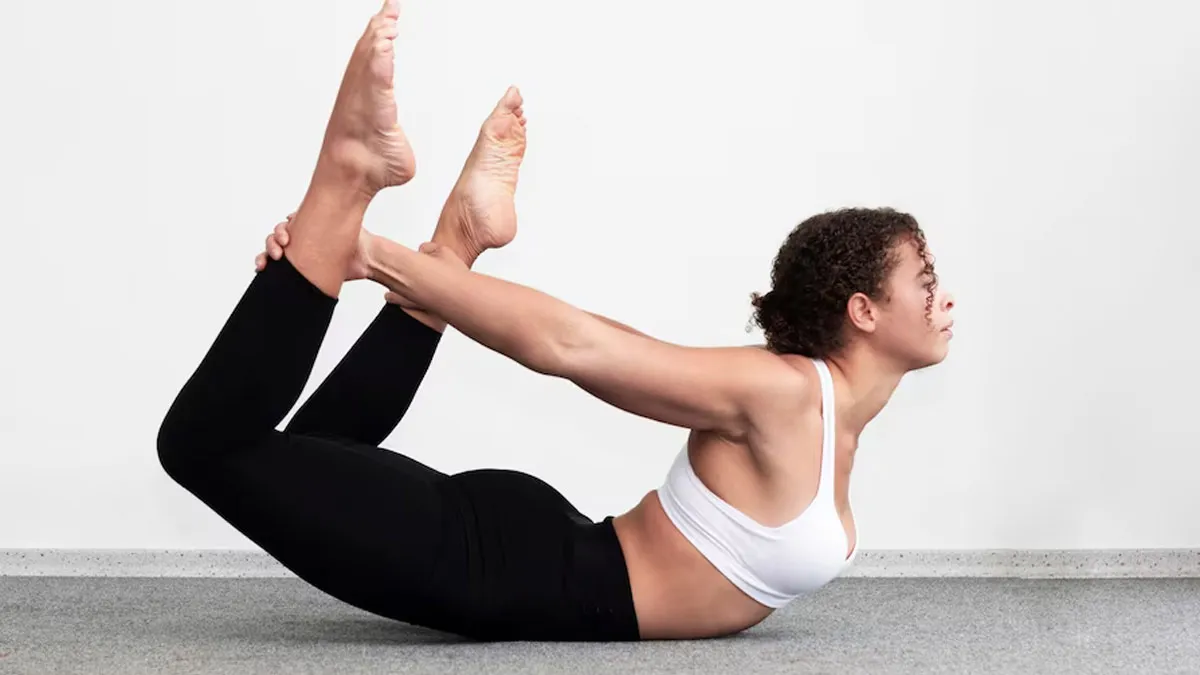
Diabetes is a major global health concern, affecting over 50 lakh people worldwide. India ranks second globally, following China, with 7.7 crore people living with diabetes. Among them, 1.21 crore are over 65 years old, a number expected to rise to 2.75 crore by 2045.
Table of Content:-
In light of such alarming data, it is our responsibility to manage our blood sugar levels effectively with proper lifestyle management. While health and exercise are the foundation of diabetes control and management, a recent study conducted by the Research Society for the Study of Diabetes in India (RSSDI) suggested that yoga too has been proven to prevent diabetes.
Also Read: Diabetes Symptom: One Unusual Sign Of High Blood Sugar You Shouldn't Ignore
About The Study
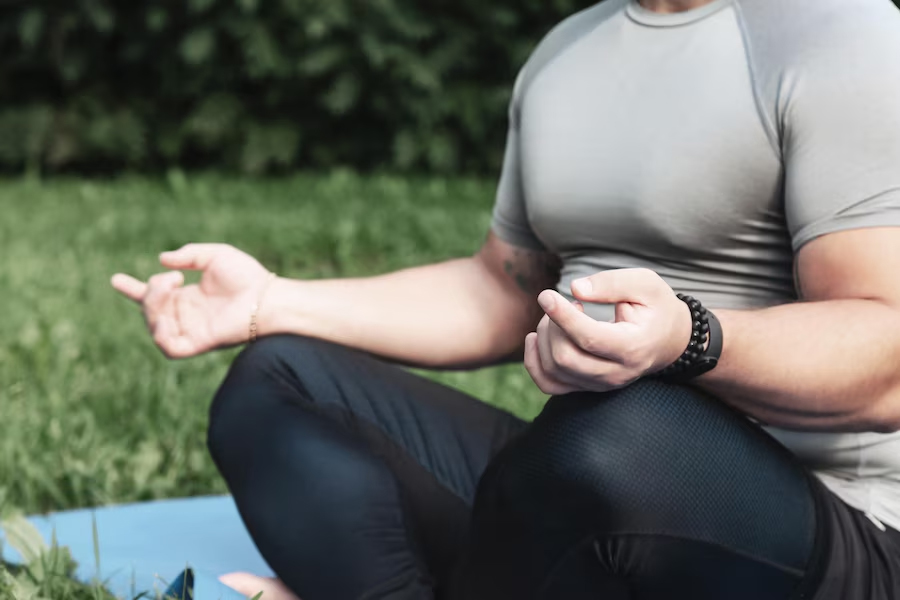
The research titled “Yoga and Diabetes Prevention,” released by Dr. Jitendra Singh, highlights yoga's significant role in preventing type-2 diabetes, especially in people with prediabetes.
Conducted over three years across five centres in India, the study involved nearly 1,000 participants and showed that practising a 40-minute daily yoga routine, including specific asanas and pranayama, reduced diabetes risk by about 40%.
The Indian Prevention of Diabetes Study published in Diabetes and Metabolic Syndrome: Clinical Research and Reviews suggested that this outcome outperformed other established prevention strategies, such as lifestyle modifications alone (28% risk reduction) and a combination of lifestyle changes with stepwise medication like metformin (32% risk reduction).
Dr. Jitendra Singh, who released the study, described it as a potential “game changer” for India’s healthcare system, where more than 13.6 crore people are prediabetic and over 10.1 crore are living with diabetes.
Yoga Asanas To Control Blood Sugar Levels
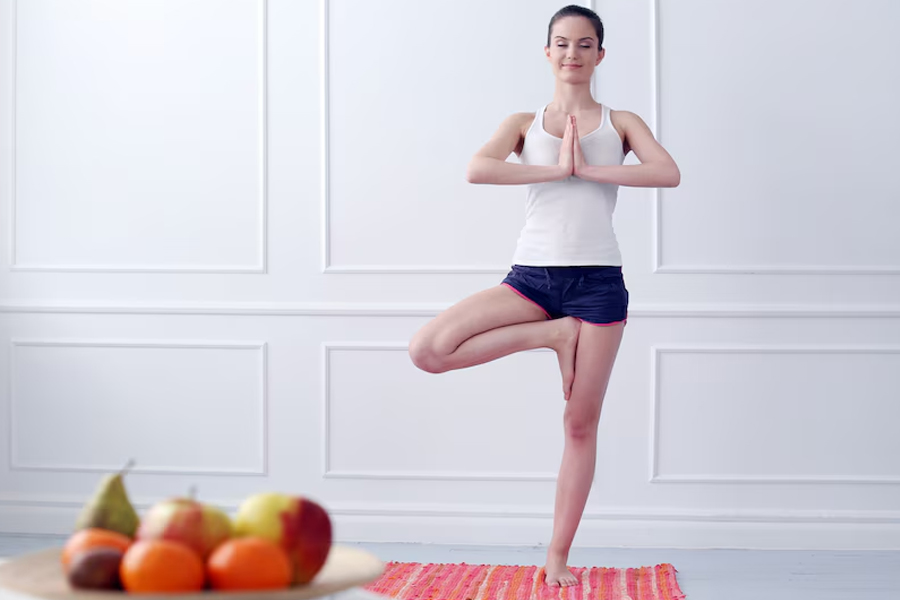
Vrikshasana (Tree Pose)
The tree pose is a simple yet effective yoga asana that improves balance, stability, and mental focus. It engages your core and enhances posture while also strengthening the legs and promoting better mind-body coordination. Deep, controlled breathing during the pose helps reduce stress and calm the nervous system, which is vital for managing blood sugar levels.
How to do:
- Step 1: Stand straight with your feet together and arms at your sides.
- Step 2: Shift your weight to the left leg. Lift the right leg and place the sole of the foot on the inner thigh of the left leg (or below the knee if balancing is hard).
- Step 3: Bring your palms together in a prayer position in front of your chest or raise them overhead.
- Step 4: Balance and hold the pose for 10-20 seconds while breathing deeply.
- Step 5: Slowly release and repeat on the other side.
Paschimottanasana (Seated Forward Bend)
The seated forward bend asana is said to stimulate abdominal organs like the pancreas, which produces hormones that help regulate blood sugar levels, including insulin and glucagon. Additionally, this asana helps improve digestion, which regulates the delivery of nutrients and glucose to the gut. Digestion and absorption of nutrients also trigger the release of hormones that regulate insulin and gastric emptying.
How to do:
- Step 1: Sit on the floor with legs extended straight in front of you. Inhale and raise your arms overhead.
- Step 2: Exhale and bend forward from the hips, trying to touch your toes or hold your feet.
- Step 3: Keep your back as straight as possible.
- Step 4: Hold the position for 20-30 seconds, breathing deeply.
- Step 5: Return to the starting position slowly.
Bhujangasana (Cobra Pose)
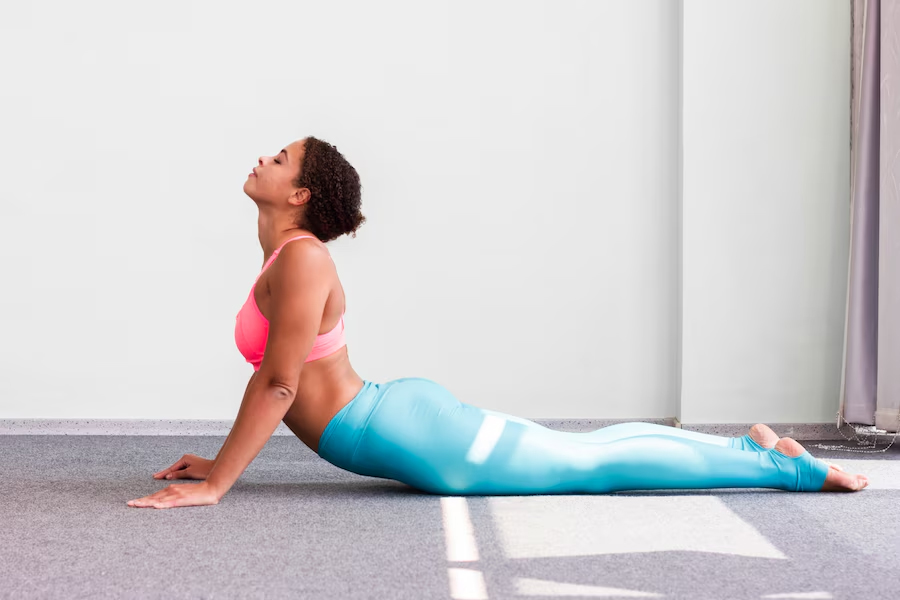
Similar to seated forward bend asana, the Cobra Pose activates and massages the abdominal organs, particularly the pancreas, which is crucial for maintaining insulin production and regulating blood sugar levels. This pose also aids digestion, reduces stress, and strengthens the back muscles, all of which contribute to overall metabolic health.
How to do:
- Step 1: Lie on your stomach with legs extended and your palms placed under your shoulders.
- Step 2: Inhale and press into your palms, lifting your chest and upper body off the floor.
- Step 3: Keep your elbows slightly bent and your gaze upward.
- Step 4: Hold for 15-20 seconds while breathing deeply.
- Step 5: Exhale and slowly lower your body back to the floor.
Dhanurasana (Bow Pose)
The bow pose also gently targets the abdomen, especially the pancreas, improving its function to regulate insulin production and blood sugar levels. It also relieves digestive issues and reduces stress, which helps in glucose management.
How to do:
- Step 1: Lie on your stomach with your arms at your sides and legs straight.
- Step 2: Bend your knees and bring your heels close to your buttocks.
- Reach back and hold your ankles with your hands.
- Step 3: Inhale and lift your chest and thighs off the ground, creating a bow shape.
- Step 4: Hold the pose for 15-20 seconds while breathing deeply.
- Step 5: Slowly exhale and release the pose.
Balasana (Child's Pose)
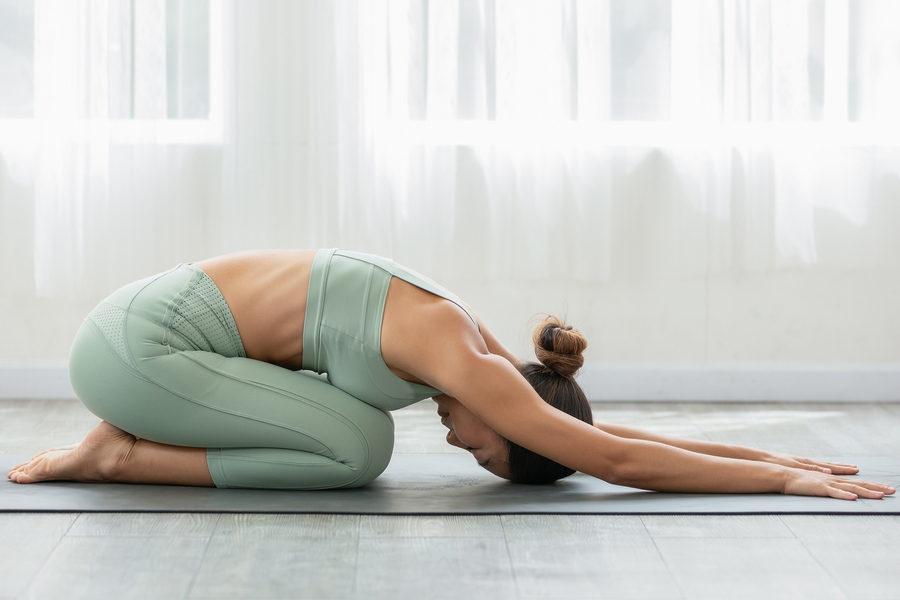
The child's pose is one of the easiest yoga poses to do, but it has many benefits, particularly in glucose management. It helps control blood sugar levels by promoting deep relaxation and reducing stress, which is integral to managing blood sugar imbalances. The pose gently massages the abdominal organs, improving blood circulation and supporting better digestion. By calming the nervous system and encouraging mindful breathing, it helps regulate cortisol levels, which in turn can stabilise glucose levels.
How to do:
- Step 1: Kneel on the floor, sitting on your heels.
- Step 2: Exhale and bend forward, lowering your chest toward your thighs.
- Step 3: Extend your arms forward or rest them alongside your body.
- Step 4: Relax your forehead on the ground.
- Step 5: Hold for 30 seconds to 1 minute while breathing deeply.
Conclusion
Adding yoga to your daily routine can be a great way to manage and prevent diabetes, especially when combined with other lifestyle changes. The RSSDI study highlights yoga’s significant role in reducing the risk of type-2 diabetes, particularly for those with prediabetes. By practising the above-mentioned asanas regularly, individuals can improve their physical health, reduce stress, and enhance metabolic function, all of which contribute to better blood sugar control. You can consult your yoga expert for more exciting asanas that can look after your overall health and wellness.
Also watch this video
How we keep this article up to date:
We work with experts and keep a close eye on the latest in health and wellness. Whenever there is a new research or helpful information, we update our articles with accurate and useful advice.
Current Version